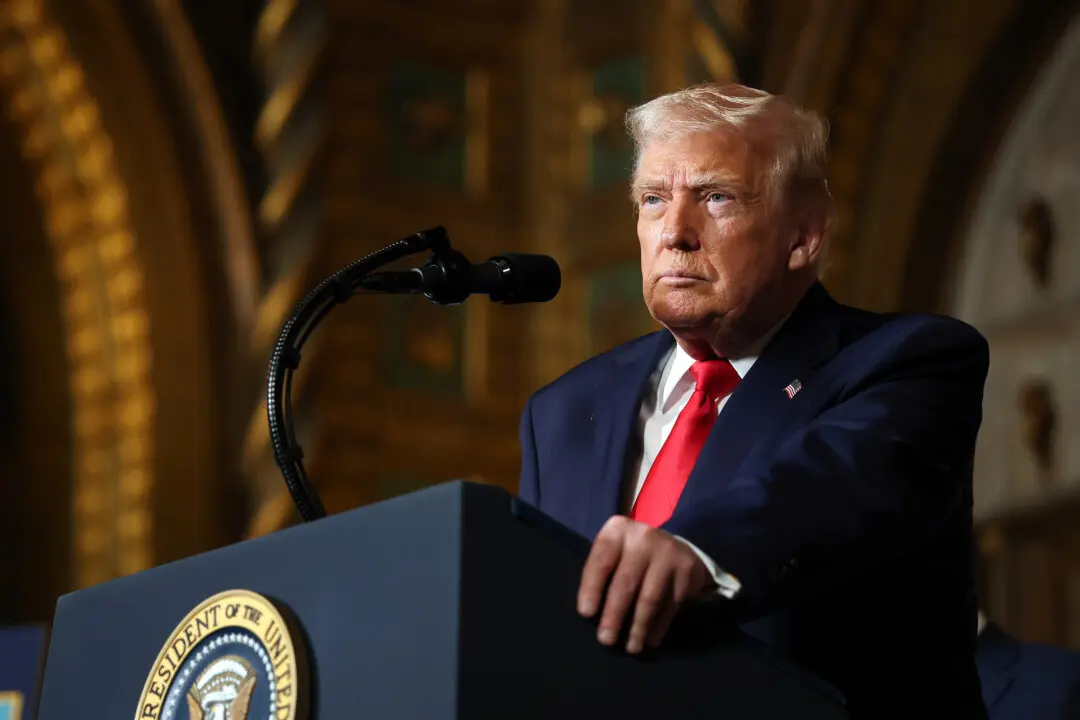With Amazon investing in trucks, planes, drones, and delivery facilities, industry observers including Bloomberg and Wall Street Journal are speculating whether the e-commerce giant is planning to disrupt the logistics industry and compete with FedEx and UPS. But does Amazon really intend to replace the traditional big carriers?
“I don’t think Amazon ever sees itself replacing any of these carriers,” said John Rossman, a former Amazon executive who is now a managing director at consulting firm Alvarez & Marsal. Rossman is also the author of the book “The Amazon Way.”
The primary motivation for Amazon is to augment its negotiating power against carriers in order to improve customer experience, he said.
The online retail industry has grown 15 percent annually over the last six years, according to a report by Citigroup. And Amazon outpaced that with 38 percent annual growth on average over the same period.
The tremendous growth and the dominant market position have given Amazon significant bargaining power. The online retail company is estimated to receive a roughly 20 percent discount on shipping rates, according to the report.






